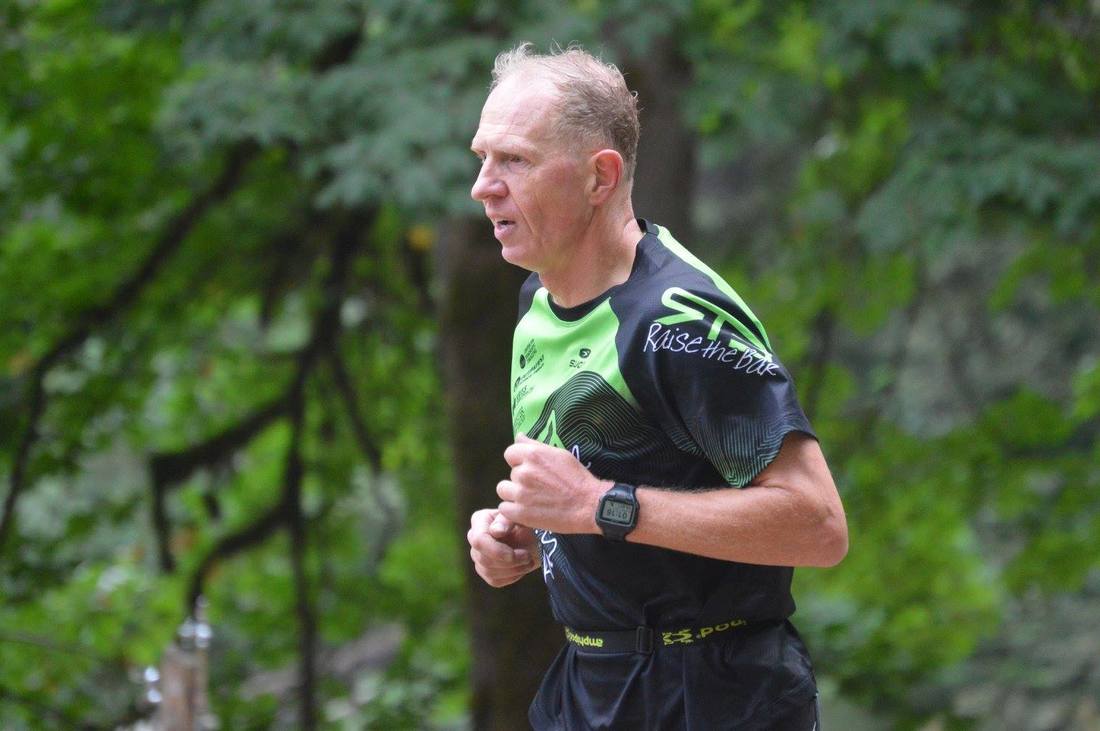 Article Contributed By Holly Pennington, PT, DPT One of the great things about being a triathlete is that your chances of a career-stopping injury are quite small. The prevalence of traumatic incidents, such as a torn ACL or concussion, is relatively low. Overuse injuries, resulting from repetitive motion over long periods of time, are the most common reason triathletes seek medical care. As a multi-sport athlete, you generally have an injury advantage because you train in three different body positions, but there are a few areas of the body that are susceptible to overuse problems such as tendonitis. Because both running and cycling ask a lot of your knees, the patellar tendon is at particular risk for becoming a pesky source of pain. Also known as jumper’s knee, patellar tendonitis is an injury to the small, tendinous band that connects the kneecap (patella) to the shin bone (tibia). Pain typically occurs in front of the knee, but can also be felt underneath the patella, and increases with one or more of these activities: jumping, running, cycling, squatting, knee bending or straightening. Swelling and tenderness to the touch may also be present. If these symptoms sound familiar, you need to know what not do to, so that your tendon can heal as quickly as possible and stick with your training plan. Here are five things not to do if you are suffering from patellar tendonitis:
When your knee hurts, it wants and needs your attention. Take care of it by resisting the urge to run and ride through your pain and avoiding these five things so that you can enjoy many more years of being a pain-free triathlete! Not sure if it’s patellar tendonitis? Wondering how to choose the best eccentric exercises for you? Unsure about how much training is ok when your knee hurts? Come by one of our 8 South Sound clinic locations for a free consult with a Board Certified Physical Therapist. Visit www.outpatientpt.com for locations and contact info.
0 Comments
Article provided by RTB sponsor Center for Diagnostic Imaging
Whether it’s speed skating or hockey, football or soccer, there’s a risk that comes with almost any sport. Despite great advancements in concussion awareness, legislation, and protocols, you might not know what to do if your child suffers an impact that could cause a concussion. In this story, we go to the experts to find out what kind of tests will help determine the extent of the damage. Also, find out what you need to do to make sure your child doesn’t suffer a second and potentially more dangerous blow.
If your child plays football, click here to see what tests might be needed after a hard impact on the field.
Find out more about spotting concussion symptoms by clicking here. To hear more of Hannah Sipe’s story and learn about when it is safe to let your child get back in the game, click here. |
Raise the BarRace reports, upcoming events, news, and more, from RTB. Archives
September 2023
|
 RSS Feed
RSS Feed




